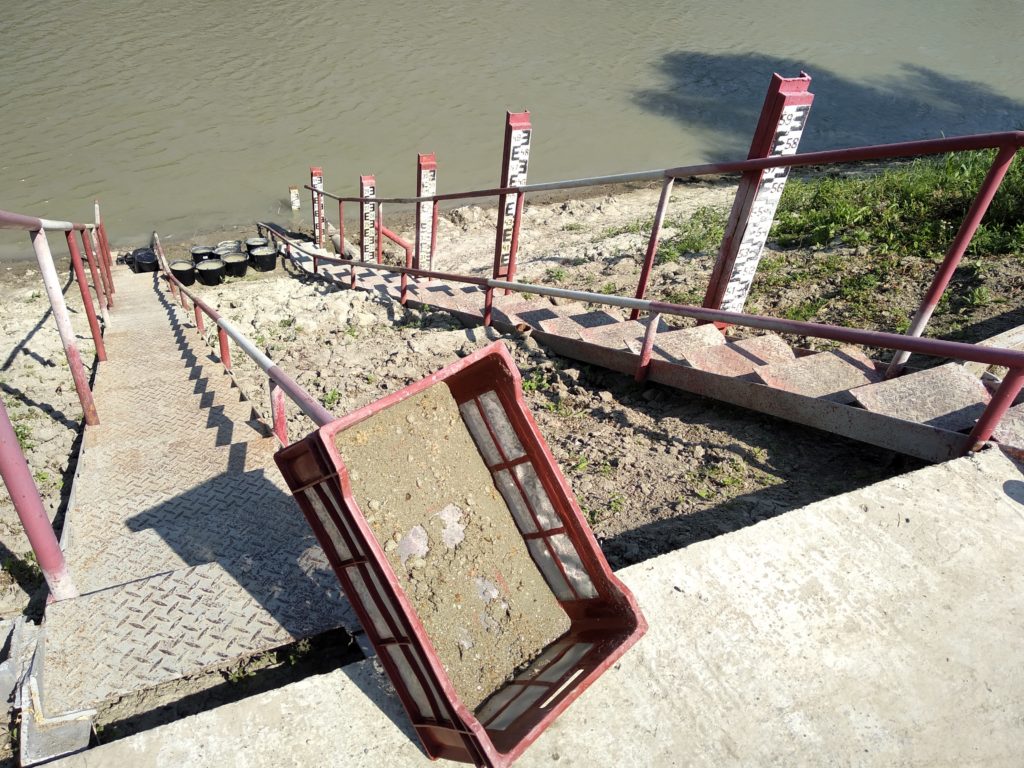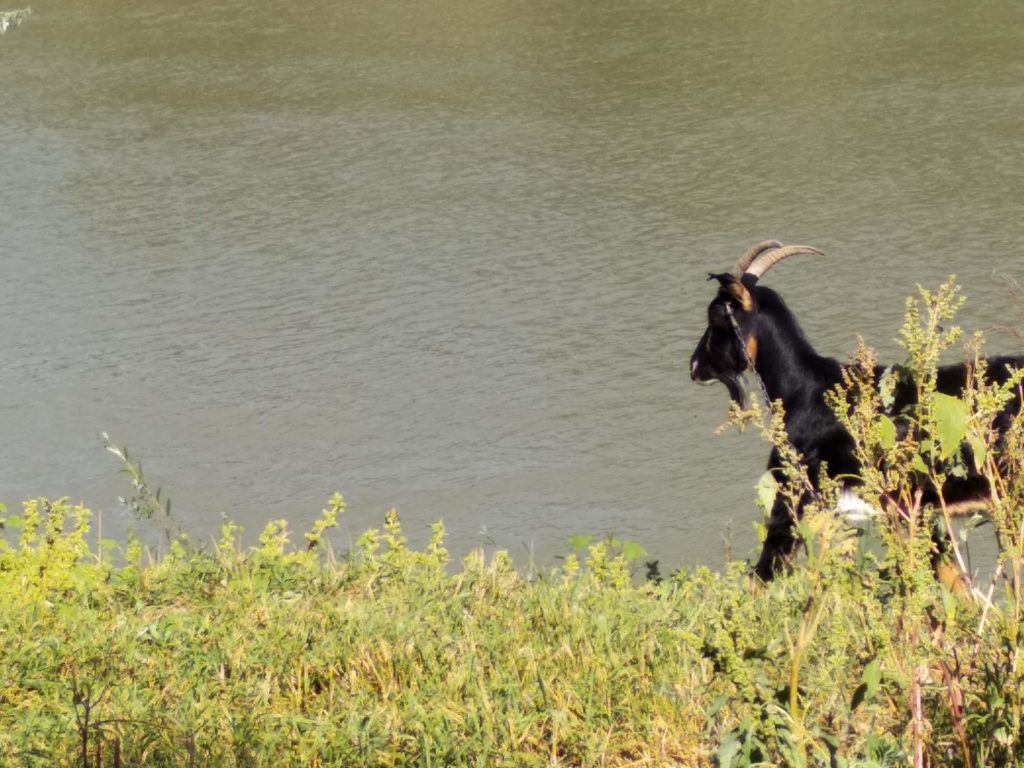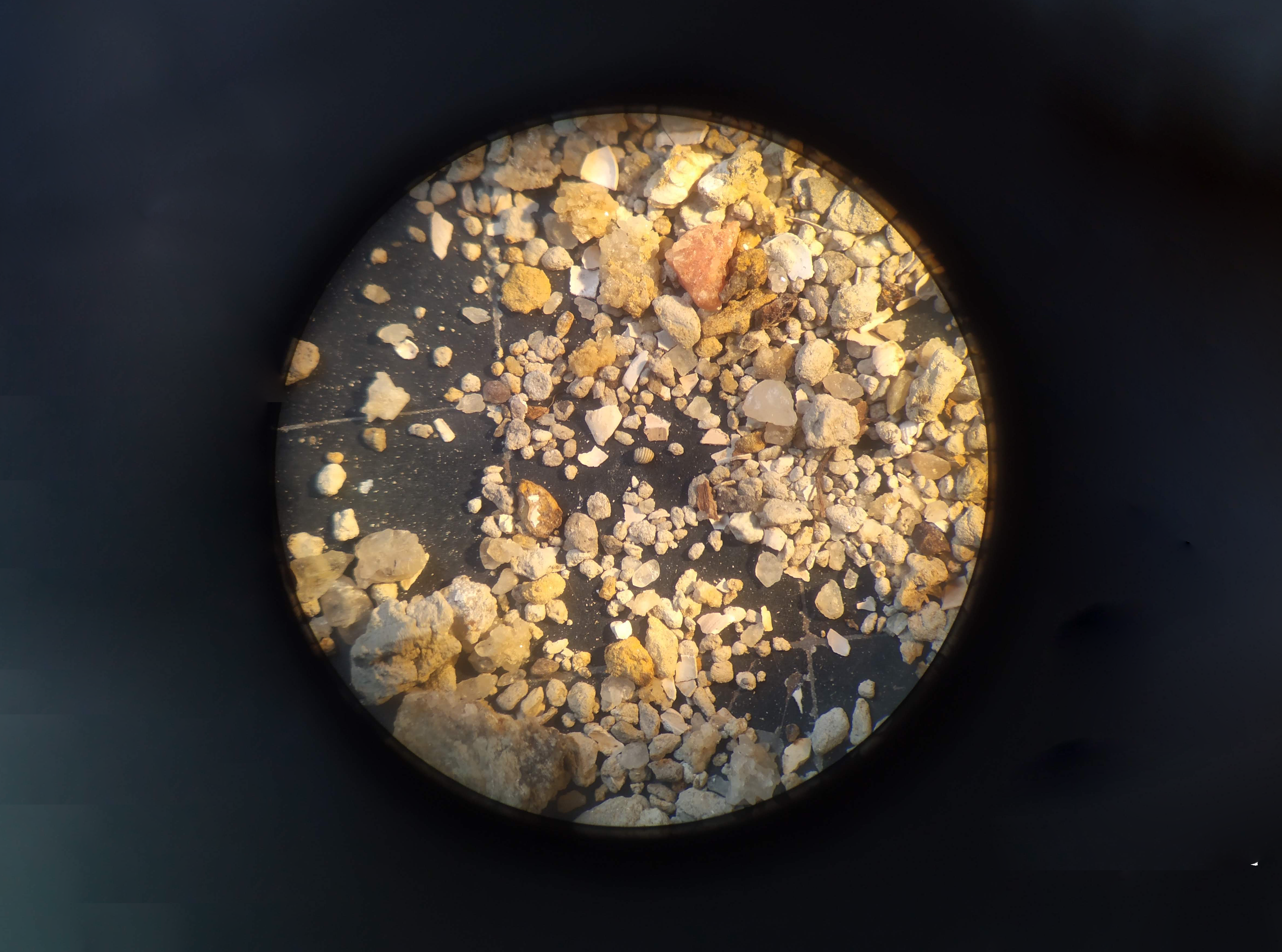The study of the Miocene microvertebrate fossils from Eastern Romania (Moldova province) has been ignored over decades by paleontologists that worked in the region. However, somebody has to do it: otherwise, there will be a complete gap of knowledge between Romania and the neighboring countries Ukraine and the Republic of Moldova, which share similar geology and Miocene and Pliocene paleontological heritage. Therefore, as professional and ardent vertebrate paleontologists, two members of the Laboratory of Paleotheriology and Quaternary Geology (Faculty of Biology and Geology, Babeş-Bolyai University), Professor Vlad Codrea and doctoral student Marian Bordeianu, decided to “bring to light” the real potential of the region in what concerns the microvertebrate fossil assemblages.
This study represents the first step of the research carried out in the Fălciu fossil vertebrate locality and it will be followed by other papers that will describe other microvertebrate groups (i.e., herpetofauna, mammals etc.). This research would not have been possible without the support of the UBB alumni Dr. Nicolae Trif from the Natural History Museum (Brukenthal National Museum) which shared his expertise on the fossil fish teeth that were found.

The fossil vertebrate locality Fălciu was discovered by Professor Vlad Codrea in 2011. It is situated exactly on the country border with the Republic of Moldova, on the right bank of the Prut River – an epic thing to consider when you have to report to the border police of your activities in the region two-times per day… The work that was needed in the area was done during several field campaigns (2011, 2018-2020), and it involved spending several summer weeks to dig, dry and wash over 4 tons of convenient sediment in order to reach the concentrate that contains microscopic vertebrate and invertebrate fossils. Each time after the field campaigns, there was another ever-long-lasting process that was needing tens of hours to complete – that is the manual sorting of the concentrate under a binocular microscope. After all the sorting work was done, the researchers were able to separate and classify each type of fossil. The last process of this work is the actual intellectual study that can and will be seen in the published results. This first study documents the aquatic ecosystems of the Late Miocene (ca. 6-7 My ago) of the Dacian Basin unearthed in Fălciu. Based on isolated pharyngeal teeth, pectoral, dorsal and suborbital fish spines, seven taxa were identified and described, six of them belonging to the order Cypriniformes (Carassius sp., aff. Luciobarbus sp., Chondrostoma sp., Leuciscus sp., Scardinius sp., Tinca sp.) and one to Siluriformes (Silurus sp.). More than that, the family Cobitidae is here firstly reported in the fossil record of Romania. All the fish teeth and skeletal remains are from representatives marking shallow freshwater environments. The fossils were probably buried into sediments accumulated near the mouth of a rather fast-flowing river that drained into a brackish body of water. The composition of the fauna is similar to the coeval ones from the North (Ukraine and Republic of Moldova) and from the South (Turkey) of the Black Sea basin.
The full study can be accessed here: https://www.sciencedirect.com/science/article/abs/pii/S1871174X21000044

On the main author:

Marian Bordeianu is currently a Ph.D. student at the Theoretical and Applied Geology Doctoral School (SDGTA) from Babeș-Bolyai University, working also as Geologist Engineer with a Romanian drilling company. As a research assistant and member of the “Paleotheriology and Quaternary Geology Laboratory” since 2014, he is one of the rare young professionals in the country with excellent skills and knowledge in sampling, preparation and conservation of various types of fossils, but mainly vertebrate fossils, which are amongst the most difficult to work with. As a passionate paleontologist and as a skillful ”fossil-hunter”, he has already brilliant discoveries. These include several new fossil vertebrate localities (3 of them discovered in the last 2 years), soon of great international interest, once the fossil finds will be completely published. Some of his finds as rare fossils prepared by himself can be seen in various museums around the country, especially in the Babeș-Bolyai University Paleontology-Stratigraphy Museum.
His research interests are Vertebrate Paleontology, Museology, Paleogeography and Paleoenvironments, Geology and Hydrogeology of Romania.
More data about his activity can be found on: Marian Bordeianu (researchgate.net)

